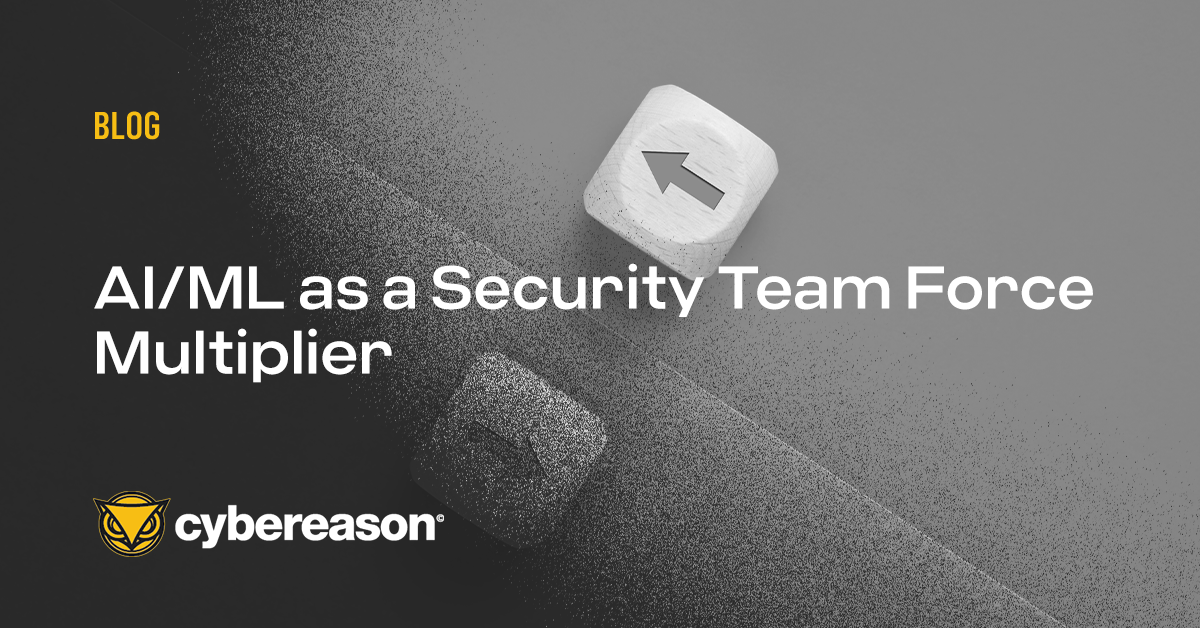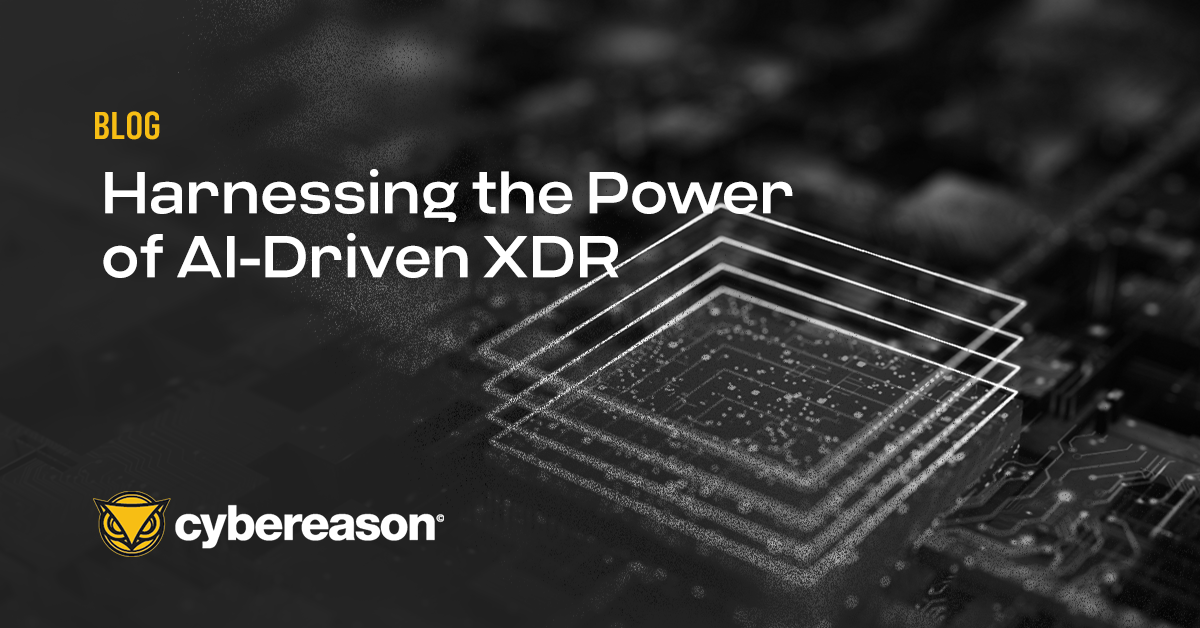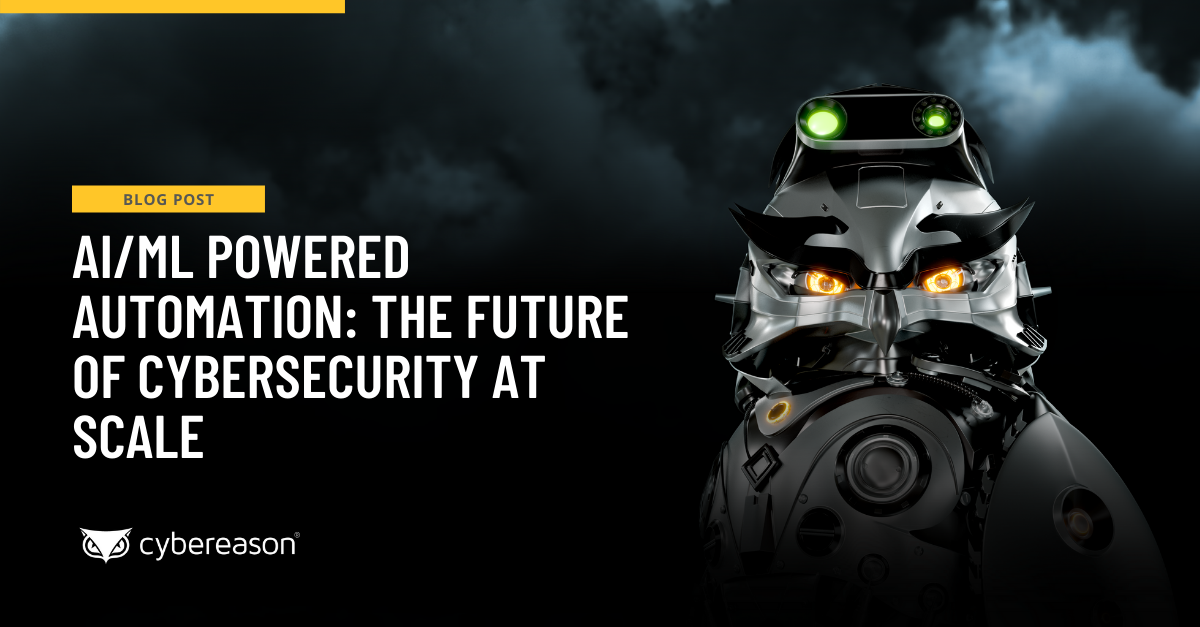Many security professionals believe they’re going to start seeing an uptick in AI-assisted attacks at some point in the near future. According to AIMultiple, 90% of infosec personnel in the U.S. and Japan said they’re anticipating an increase in these automated attack campaigns, due in no small part to the public availability of AI research, which attackers are exploiting for their malicious purposes.
How Attackers Are Abusing AI
The findings from AIMultiple’s survey raise an important question: how might digital attackers use AI for their nefarious ends? Let’s look at two applications. First, attackers can use AI to increase the effectiveness of their operations. AI can help threat actors create a more convincing video, email, or other attack vector leveraging social engineering techniques so that targets are more likely to click on a malicious link or download a tainted email attachment, noted Forbes.
Attackers can also use AI to help evade detection and bypass traditional security solutions. AIMultiple specifically noted that the use of deepfakes in attacks can allow threat actors to evade biometric security solutions, fly under the radar of social network protections, and ultimately gain access to a target’s corporate data.
Second, malicious actors can use AI to identify potential opportunities for attack in the reconnaissance phase. Because of the amount of data intelligent systems can collect and analyze autonomously, AI-powered tools provide attackers with a means for identifying vulnerabilities in a target’s networks, devices, and applications at scale—sometimes before security pros know about them.
In the absence of real-time monitoring solutions, they might then be able to move laterally across the network, exfiltrate sensitive information, and increase the overall damage from the attack beyond what they could do without AI capabilities. AI can allow attackers to automate these processes in target selection and in customizing the attack sequence based on the specifics of a target’s network makeup by determining items like operating systems in use, detecting sandboxing and other defensive tactics, and in determining the right payload to deliver.
Fighting AI with AI
In response to these nefarious use cases for attackers, organizations can fight AI abuse with AI-driven solutions to protect their systems and data from automated attacks, but traditional security solutions that rely on manual triage and investigation simply won’t cut it.
Take Security Information and Event Management (SIEM) as an example. These tools can help organizations to centralize threat information across their environments. However, SIEMs tend to generate large volumes of alerts and false positives that waste security professionals’ time and contribute to alert fatigue.
It’s one thing if SIEMs could help those personnel to address all those alerts, but they don’t. They simply point out potential threats that will require human investigation to find correlations between the alerts generated to determine if there is an actual threat, and then mount a manual response.
Consequently, security teams need to rely on manual processes to figure out what’s going on across their environments, where attackers are moving at machine speed by leveraging automation in the early stages of the attack–all of which puts Defenders at a great disadvantage.
Endpoint Detection and Response (EDR) solutions are essential to defending endpoints that make up a significant portion of an organization’s attack surface, but they similarly suffer from shortcomings. While EDR is significantly better at picking up on advanced threats than traditional antivirus and antimalware solutions, many attackers have evolved their campaigns beyond just targeting the endpoint, or have designed their operations to minimize endpoint activity, rendering EDR ineffective. EDR also lacks the ability to correlate endpoint detections with telemetry from non-endpoint assets like application suites, user personas, and cloud workloads.
There’s also the reality that most EDR platforms simply cannot handle the volume of telemetry from endpoints and are forced to engage data filtering before analysis can be undertaken and any detections rendered. They need to send their data to the cloud for analysis before they can return a detection, but in eliminating essential telemetry prior to analysis, they not only end up delivering an incomplete picture of the threats confronting an organization, but they also result in delayed detections.
AI-Powered XDR
Fortunately, organizations don’t need to settle for incomplete solutions like SIEMs and EDR. They can choose to go with an AI-driven Extended Detection and Response (XDR) solution. AI-driven XDR extends continuous threat detection and monitoring, along with automated response beyond endpoints, to provide deeply contextual correlations with telemetry from applications, identity and access tools, containerized cloud workloads, and more.
AI-driven XDR also ingests threat intelligence streams to allow organizations to defend against known attacks, and uses AI and machine learning (ML) to automatically correlate telemetry from across these different assets to deliver the complete attack story in real-time. This functionality frees security analysts from needing to triage every generated alert, enabling them to address actual threats faster.
Many organizations are turning to tools powered by Artificial Intelligence (AI) and Machine Learning (ML) to allow their teams to automate triage, investigation, and remediation efforts at scale. Over half (52%) of executives at U.S. companies told PwC that they had accelerated their AI/ML adoption plans, and even more (86%) said that AI/ML would be a “mainstream technology” in their environments by the end of 2021.
What’s more, AI/ML can enable security teams to cut through the noise produced by a constant flood of threat alerts, allowing security professionals to spend less time sifting through alerts and chasing false positives and more time working to improve the organization's overall security posture.
AI/ML technologies excel at analyzing large-scale data sets with a high degree of accuracy to identify suspicious events at a speed and volume that manual human analysis can never match. The advantage here is in automating the detection of events that previously required human analysis and in relieving security teams of the tedious task of sorting the signal from the noise.
AI-driven XDR also leverages behavioral analytics and Indicators of Behavior (IOBs) to provide a more in-depth perspective on how attackers actually conduct their campaigns. This operation-centric approach is far superior at detecting attacks earlier–especially highly targeted attacks that employ never before seen tools and tactics that evade traditional endpoint security software.
Finding one component of an attack via chains of potentially malicious behavior allows defenders to see the entire operation from root cause across every impacted user, device, and application. This is where AI-driven XDR is essential to automatically correlating data at a rate of millions of events per second versus analysts manually querying data to validate individual alerts over the course of several hours or even days.
Such visibility enables security teams to respond to an event before it becomes a major security issue and introduce measures designed to increase the burden on attackers going forward.
The application of AI is not a silver bullet, and for the foreseeable future there will undoubtedly need to be a blend of humans and AI-driven solutions working together. Nonetheless, AI will enhance the efficiency of every member of the security team and amplify the efficacy of the entire security stack.
Cybereason is dedicated to teaming with defenders to end attacks on the endpoint, across the enterprise, to everywhere the battle is taking place. Learn more about Cybereason AI-driven XDR here or schedule a demo today to learn how your organization can benefit from an operation-centric approach to security.





